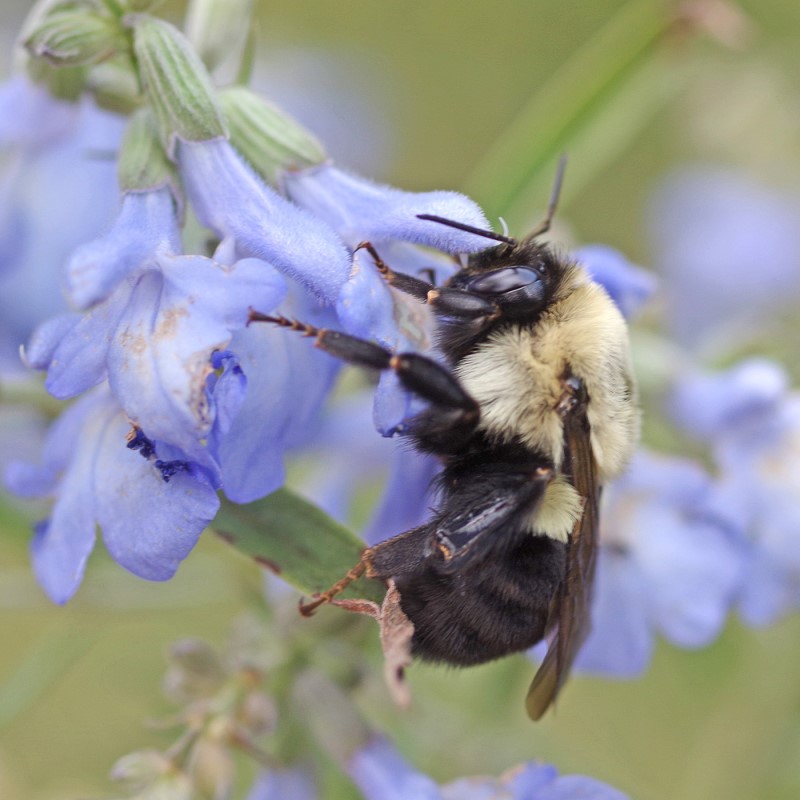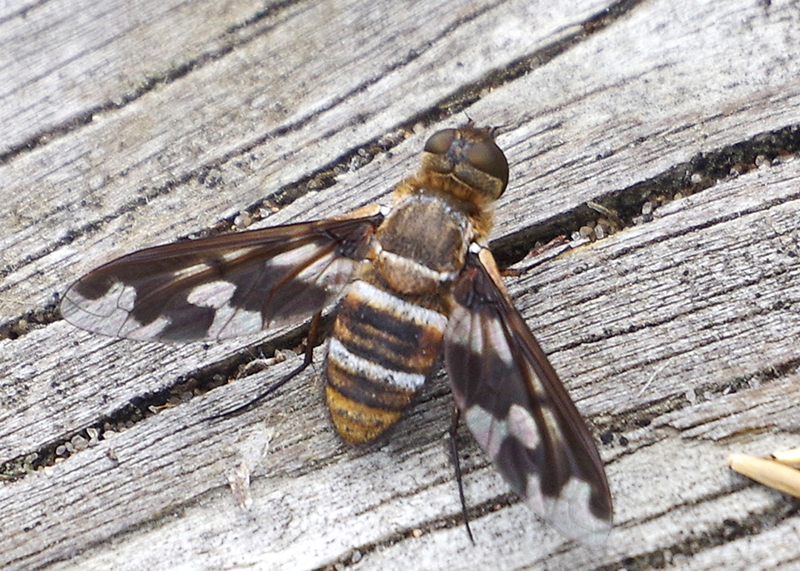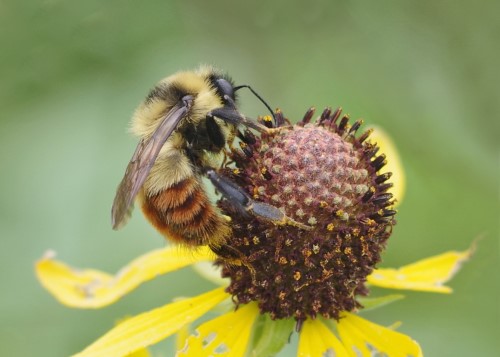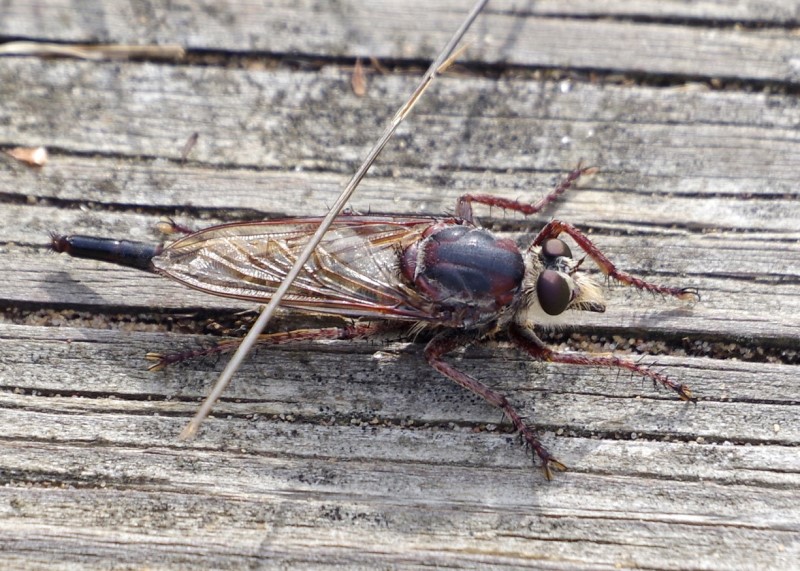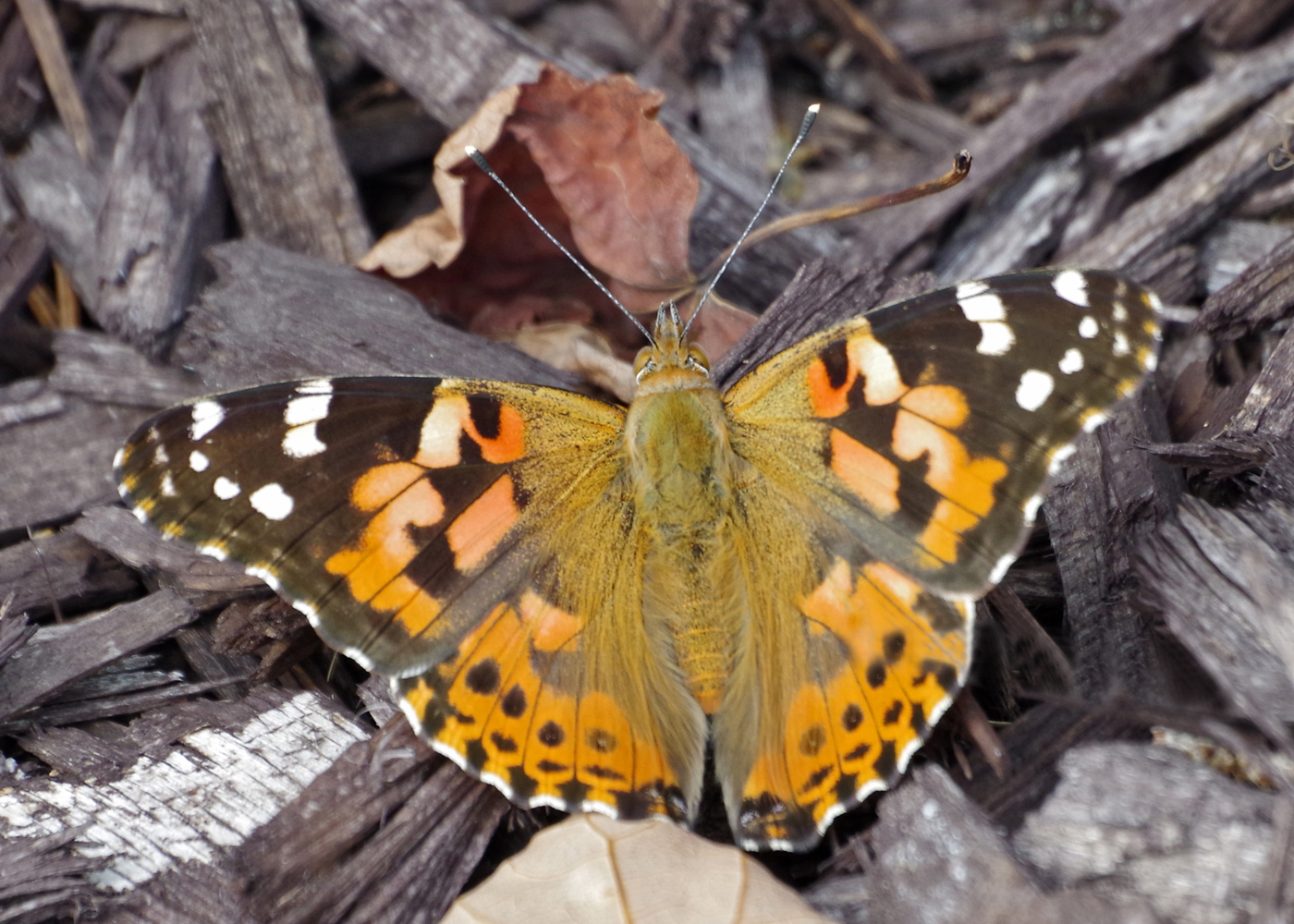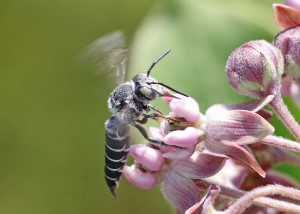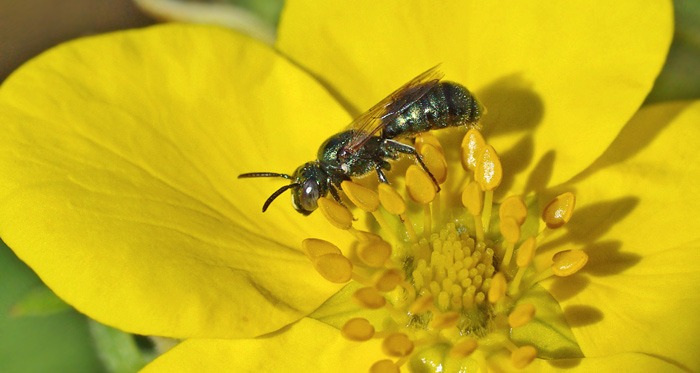May is American wetlands month, so we’ll end it in the swamp, in the company of Marsh Marigolds, the flowers that turn newly thawed wetlands a riotous yellow from the last days of April through much of May. Skunk cabbage and pussy willows may whisper the arrival of spring, but marsh marigolds crank up the volume. The BugLady should have started this project two weeks ago when the marsh marigold was at its peak, but the truth is that despite the masses of flowers it produces, she seldom sees many insects on it, and the ones she sees are as likely to be resting as dining.
